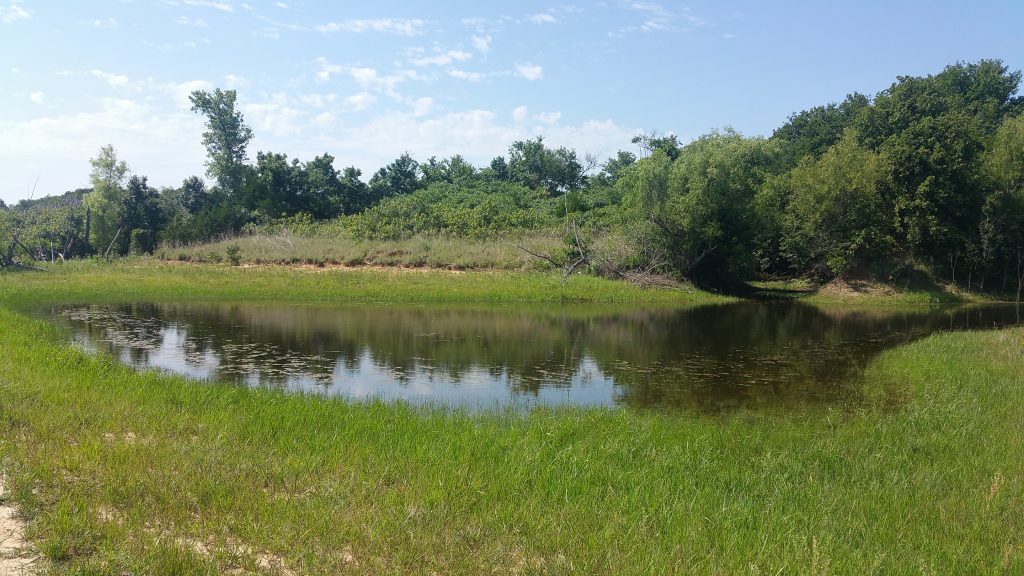Menu
The BRIT Ecoscapes site lets you explore the different ecoregions of Tarrant County and helps you select the best native plants for landscaping.
Connect your yard to the wild, untamed side of the Fort Worth area! Thriving Cowboy culture was created by Native Texas Prairies with occasional shade trees along riparian areas. Without them, bison, horses, longhorns and the people who depended on them would have starved to death! Help us give the “boot” to resource intensive landscapes! Those high falutin’ landscapes sure are using up our water!
Our Native Plant Predictor Tool uses your home address and pairs it with existing datasets to predict the native plants most likely to survive in your home landscape. We use a variety of factors (geology, hydrology and more) to provide a suggested list of natives. North Central Texas is incredibly diverse when it comes to the number of plants native to this place. To make things easier for the homeowner, we’ve started with a set of around 200 that are easily available in the nursery trade. See our Resources list for nurseries that stock native plants.
© The Botanical Research Institute of Texas. The BRIT Ecoscapes Project is made possible by a grant from the Ann L & Carol Green Rhodes Charitable Trust.

Research
FORT WORTH BOTANIC GARDEN
3220 Botanic Garden Blvd
Fort Worth, Texas 76107
(817) 463-4160
Click here to email us!
BOTANICAL RESEARCH INSTITUTE OF TEXAS
FOLLOW US ON SOCIAL
We respectfully acknowledge that the Fort Worth Botanic Garden is located on traditional lands of Indigenous Peoples. We honor the ancestry, heritage, and gifts of all Indigenous Peoples who were sustained by these lands and give thanks to them. We are grateful that these lands continue to provide enrichment for many people today. [More…]
©2023 Fort Worth Botanic Garden